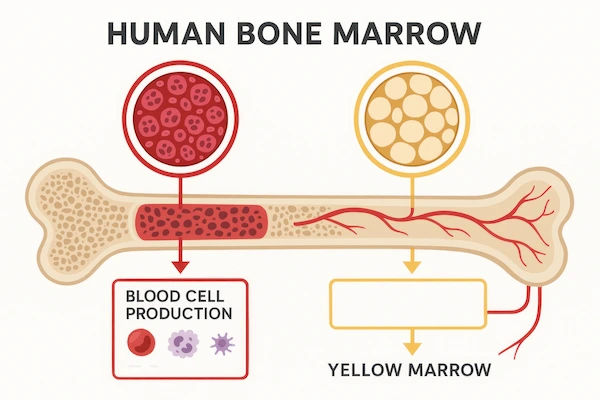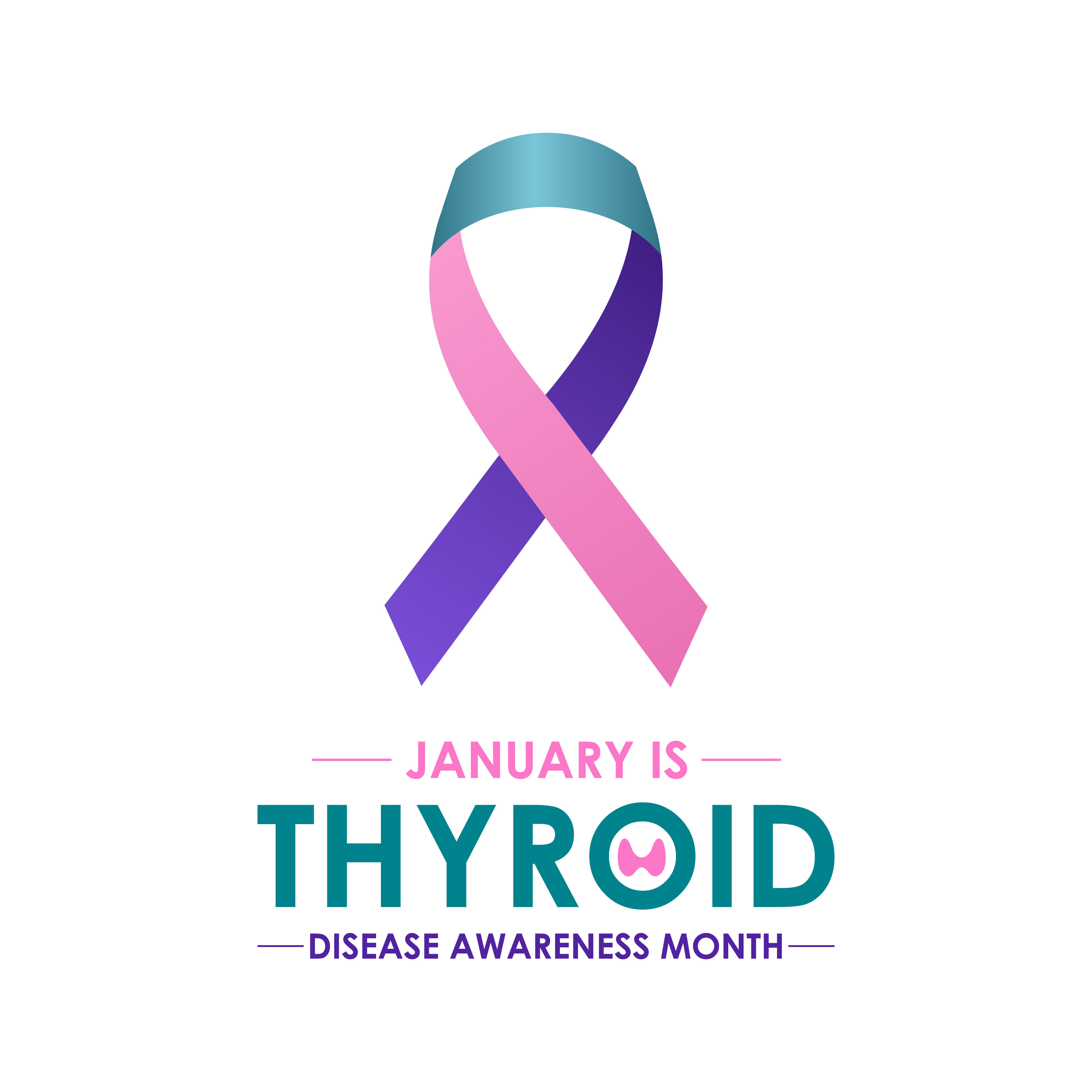Mobile Phone Radiation: Health Risks and Safety Guidelines
Mobile phones offer seamless communication in daily life. However, their radiofrequency emission can cause health hazards. Keep reading to learn more about it.

Written by
Last updated on 3rd Jul, 2025
Mobile phones have been an integral part of modern life for communication purposes, accessing information online, or social interaction. Also, from transferring money to sending an email, mobile phones can do everything in just a few clicks.
However, all these advantages change to concerns when one gets continuously exposed to the radiation of a mobile phone. Keep reading to learn about the effects of mobile phone radiation on one’s mental and physical health.
Types of Radiation Emitted by Mobile Phones
Mobile phones emit radiofrequency radiation in small amounts. This non-ionising radiation is also called radio waves, as this is the same radiation that a radio or microwave emits.
Non-ionising radiation is less harmful than ionising radiation emitted from ultraviolet light or X-rays. This radiation damages an individual’s DNA (deoxyribonucleic acid) chemically, increasing the risk of cancer.
However, the non-ionising radiation emitted from cell phones cannot damage one’s DNA directly, but body parts close to the phone absorb the radiation.
Research is going on to check if this radiation causes ear, brain, or neck tumours, as the phone is held close to this area while speaking.
Health Risks Associated with Mobile Radiation
Some health risks associated with the mobile radiation are as follows:
Potential Cancer Risks: As per studies, the radiofrequency emitted by cell phones is not powerful enough to damage an individual’s DNA. Thus, the cancer risks from mobile phone radiation have no scientific proof yet. This radiation can only allow heat absorption by the body part in contact with the phone, but the radiation frequency is insufficient to increase one’s body temperature.
Effects on Brain Function and Sleep: The impact of non-ionising radiation on brain function and sleep variables has been studied through various research. As per studies, the radiation from mobile phones has led to increased EEG (electroencephalogram) alpha-band power, which indicates altered electrical activity in one’s brain. However, the result was not the same for every test, so it is difficult to conclude whether mobile radiation affects brain activity.
Impact on Fertility and Reproduction: Radiation from mobile phones can reduce the sperm motility of the previously motile sperm in a male and cause fragmentation of sperm DNA. However, no records of an increase in immotile sperm percentage have been detected due to electromagnetic waves. Thus, the effect of mobile radiation on reproduction and male fertility cannot be clearly established.
Vulnerable Populations Due to Mobile Radiation
Mobile radiation may have adverse effects on different age groups. Here's a brief discussion of it:
1. Health Risks for Children and Adolescents
In May 2011, the International Agency for Research on Cancer at WHO evaluated evidence of brain tumour risks due to wireless phone radiation. As per evaluation, radiofrequency emission from mobile phones emits 30 kHz-300 GHz non-ionising radiation, which may cause human carcinogens.
Moreover, such radiation may lead to neurological diseases, cognition, physiological addiction, behavioural issues, sleep issues, and even cancer in children. So, any behavioural change among children due to the usage of mobile phones or digital technology needs to be addressed immediately.
2. Effects on Pregnant Women and Foetuses
Several studies, such as experimental, cross-sectional, meta-analysis, prospective cohort, and model calculations, have been conducted to analyse the effect of mobile radiation on pregnant women. As per the results, pregnant women develop high levels of TSH (thyroid-stimulating hormone) due to mobile phone radiation.
These effects can lead to the following complications:
Premature birth
Low birth weight of the infant
Miscarriages
HRV (heart rate variability)
Hyperactivity in infant
Decreased chest and head circumference of the newborn
Speech problems, etc.
Consult Top Doctors for Personalised Care
Safety Standards and Regulations of Mobile Radiation
The ICNIRP (International Commission on Non-Ionising Radiation Protection) has set specific guidelines on Limiting Exposure to Electromagnetic Fields to protect individuals exposed to 100 kHz to 300 GHz radiofrequency electromagnetic fields.
Applications like WiFi, mobile phones, 5G technologies, Bluetooth, and base stations are covered under this guideline. It supersedes and replaces the radiofrequency guidelines of 100 kHz to 300 GHz and low-frequency guidelines of 100 kHz to 10 MHz.
Role of Government Regulations
The government of India has set some regulations to control the harmful effects of mobile radiation. These include:
Any new mobile in the market should comply with the SAR (Specific Absorption Rate), which is 1.6 W per kg over 1 gram of human tissue on average.
Just like the IMEI (International Mobile Equipment Identity), information on SAR value should be displayed on a mobile phone.
All mobile sets, whether imported from other countries or sold in India, should be checked for SAR compliance.
Self-declaration of SAR value must be provided for each handset by Indian manufacturers.
Mobile handset booklets provided by the manufacturer must have safety precautions.
Research and Studies on Mobile Radiation
The experts of the Division of Translational Toxicology in NIEHS (National Institute of Environmental Health Sciences) have researched their previous Radio Frequency Radiation (RFR) studies to determine the following:
Impact of radiation exposure on an individual’s behaviour
Real-time heart-rate evaluation
If exposure to RFR induces heating or causes DNA damage, etc.
The scientific community continues to differ on the health implications of mobile phone use due to conflicting study results. While some research suggests potential risks, others find no significant associations between RF (Radio Frequency) exposure and adverse health effects. This inconsistency highlights the need for ongoing research to clarify these relationships.
Protective Measures and Precautions
Here are some of the preventive measures to limit an individual’s exposure to radiofrequency waves:
Contactless Calling: Individuals can avoid contact with the phone while speaking. They can use the speaker hands-free or simply opt for a video chat. Another way is to use Bluetooth earpieces, which emit lower waves than mobile phones.
More Texts, Less Call: Another way to reduce radiation exposure is to chat via text without going on a phone call. However, like calling, texting can be equally hazardous during driving or walking.
Limit Mobile Phone Usage: Individuals should limit their phone use and prevent their children from using the same. This is one of the best ways to reduce the exposure to radiofrequency waves.
Select a Low SAR Value Phone: The RF wave emission may vary depending on the model of a mobile phone. To avoid such issues, check the FCC (Federal Communications Commission) identification number of a phone model and get accurate SAR level information from authorised websites before buying a mobile.
Conclusion
Mobile radiation poses potential health risks, which can be alarming as cell phone usage continues to rise globally. While current scientific consensus indicates no definitive link between mobile phone use and cancer risk, concerns remain regarding other health effects.
Raising awareness about mobile radiation risks is crucial for informed decision-making regarding device usage. By adopting protective measures and staying informed about ongoing research findings, individuals can mitigate potential risks associated with mobile technology.
Consult Top Oncologists
Consult Top Oncologists

Dr.sanchayan Mandal
Medical Oncologist
17 Years • MBBS, DrNB( MEDICAL ONCOLOGY), DNB (RADIOTHERAPY),ECMO. PDCR. ASCO
Kolkata
Dr. Sanchayan Mandal Oncology Clinic, Kolkata

Dr. Sanchayan Mandal
Medical Oncologist
17 Years • MBBS, DrNB( MEDICAL ONCOLOGY), DNB (RADIOTHERAPY),ECMO. PDCR. ASCO
Kolkata
MCR SUPER SPECIALITY POLY CLINIC & PATHOLOGY, Kolkata

Dr Sunita Samleti
Oncologist
18 Years • M.D. (Pathology)- TN Medical College, Mumbai University, Mumbai, Mar 2005 M.B.B.S. Grant Medical College, Mumbai University, Mumbai, Oct 1999
Chinagadila
Apollo Hospitals Health City Unit, Chinagadila

Dr. Sanchayan Mandal
Medical Oncologist
17 Years • MBBS, DNB Raditherapy, DrNB Medical Oncology
East Midnapore
VIVEKANANDA SEBA SADAN, East Midnapore

Dr Gowshikk Rajkumar
Oncologist
10 Years • MBBS, DMRT, DNB in Radiation oncology
Bengaluru
Apollo Clinic, JP nagar, Bengaluru
Consult Top Doctors for Personalised Care

Dr.sanchayan Mandal
Medical Oncologist
17 Years • MBBS, DrNB( MEDICAL ONCOLOGY), DNB (RADIOTHERAPY),ECMO. PDCR. ASCO
Kolkata
Dr. Sanchayan Mandal Oncology Clinic, Kolkata

Dr. Sanchayan Mandal
Medical Oncologist
17 Years • MBBS, DrNB( MEDICAL ONCOLOGY), DNB (RADIOTHERAPY),ECMO. PDCR. ASCO
Kolkata
MCR SUPER SPECIALITY POLY CLINIC & PATHOLOGY, Kolkata

Dr Sunita Samleti
Oncologist
18 Years • M.D. (Pathology)- TN Medical College, Mumbai University, Mumbai, Mar 2005 M.B.B.S. Grant Medical College, Mumbai University, Mumbai, Oct 1999
Chinagadila
Apollo Hospitals Health City Unit, Chinagadila

Dr. Sanchayan Mandal
Medical Oncologist
17 Years • MBBS, DNB Raditherapy, DrNB Medical Oncology
East Midnapore
VIVEKANANDA SEBA SADAN, East Midnapore

Dr Gowshikk Rajkumar
Oncologist
10 Years • MBBS, DMRT, DNB in Radiation oncology
Bengaluru
Apollo Clinic, JP nagar, Bengaluru

.webp)


